When toothbrush battery life dwindles, brush performance can become inconsistent—and consequently users may press harder or scrub longer, inadvertently increasing gum recession risk. In this article, we explore how declining battery power affects cleaning efficacy, user behavior, and ultimately soft-tissue health, and we offer actionable recommendations for B2B partners designing the next generation of oral-care devices.
First and foremost, a full battery ensures the motor delivers its rated amplitude and frequency throughout each brushing session. Stable bristle motion is critical to:
By contrast, voltage sag towards end-of-charge can reduce bristle amplitude, undermining these benefits.
Moreover, when users sense a drop in vibration—due to low battery—they often compensate by increasing pressure or brushing time. This behavior leads to:
Each of these adaptations compounds stress on the gingival margin, elevating gum recession risk.
Furthermore, clinical studies correlate sustained over-pressure and abrasive motion with nociceptive injury to the periodontal ligament, leading to:
Therefore, maintaining optimal toothbrush battery life is not just about convenience—it’s integral to safeguarding gum health.
To mitigate these risks, B2B manufacturers can integrate smart diagnostics:
Such Hygiene Monitoring tools empower users to maintain both device health and gingival safety.Company web: https://www.powsmart.com/product/electric-toothbrush/
In order to deliver consistent power throughout the battery life span, consider:
These strategies keep performance within therapeutic ranges, reducing dependence on compensatory user behavior.
Looking ahead, innovations in battery and sensor technology will further mitigate gum-recession risk:
By embracing these advancements, B2B partners will deliver oral-care solutions that maintain peak performance and protect soft-tissue health across every charge cycle.
Conclusion
Declining toothbrush battery life does more than inconvenience users—it triggers compensatory behaviors that increase gum recession risk. Through robust battery selection, intelligent power management, and integrated monitoring, B2B manufacturers can ensure consistent cleaning performance and preserve gingival integrity. For partnerships on next-generation, gum-safe oral-care devices, please contact our engineering team!

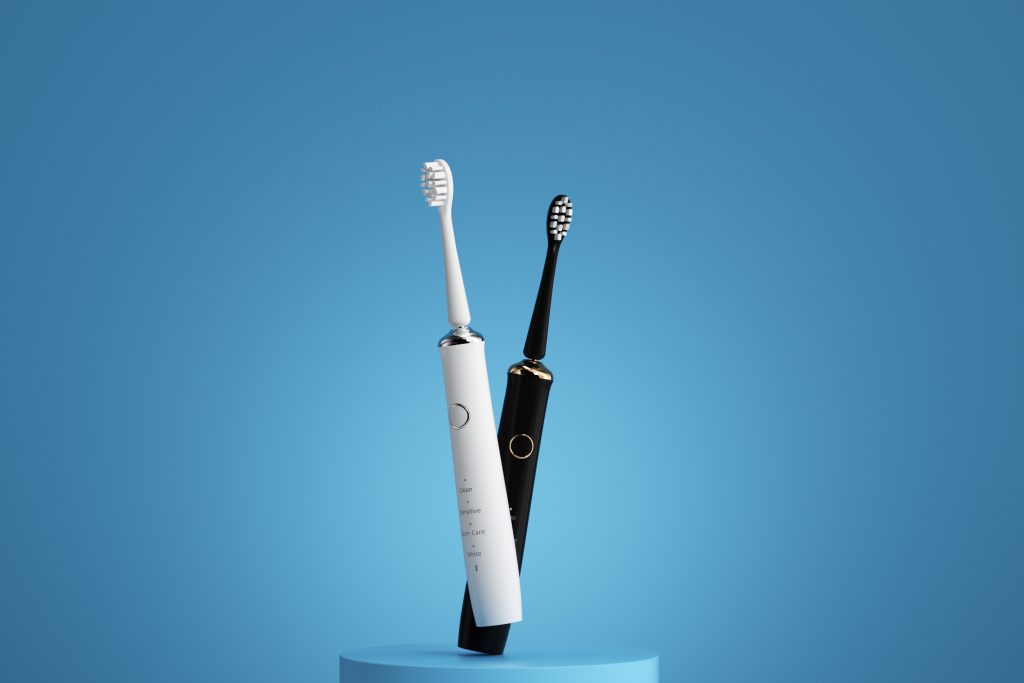

Simple One Button Electric Toothbrush for Senior Citizens Pune
Why Do Whitening Cycles Cause Efficacy Debates?
How to Clean Dirty Ports and Seal Deterioration?
Can Chemical Burns from Whitening Kits Cause Crown Discoloration?
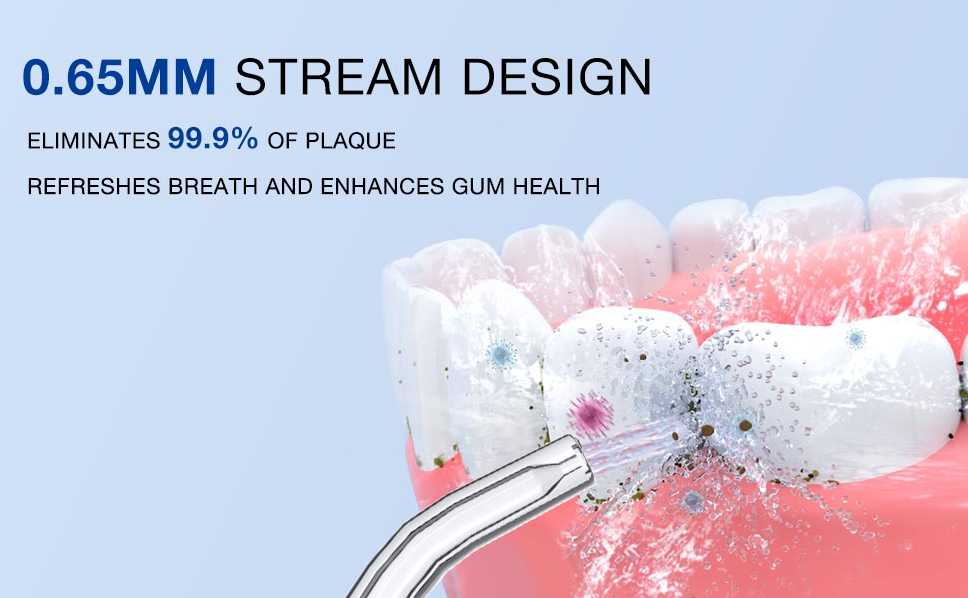
1200 vs 1800 water flosser pulse/Minute: Which Water Flosser Pressure Setting Works Best for Plaque Removal Without Gum Irritation?
.jpg)
Oral Care Market Trends 2025: Which High-demand Oral Care Products Are Most Worth Distributing?

Waterproof Design Flaws of IPX7 Water-Resistant Water Flossers: Solutions to Seal Ring Aging and Water flosser Ingress Failures
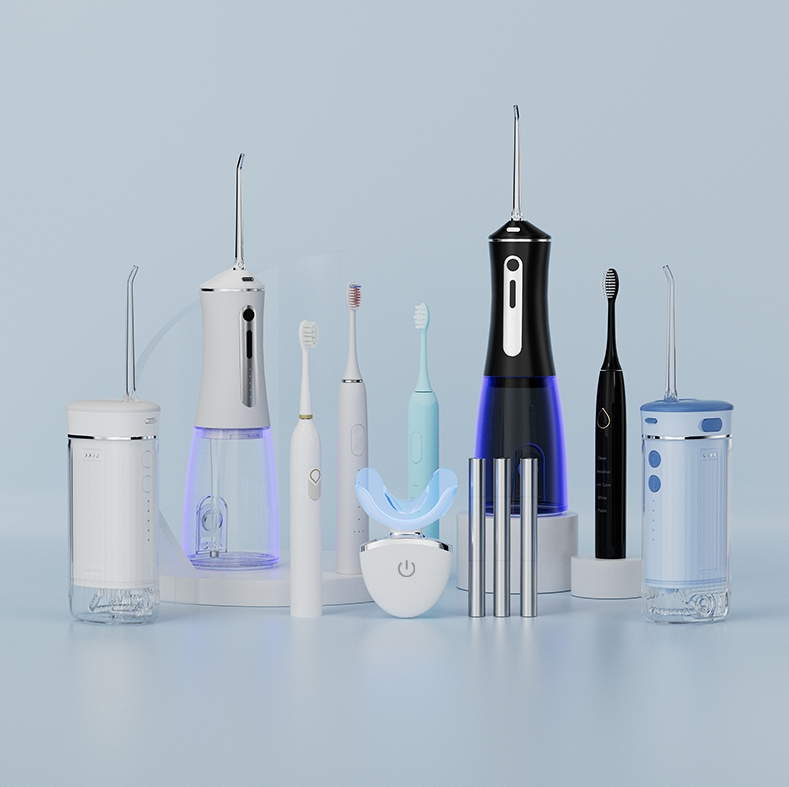
How Can Oral Care Products Achieve Both Compliance and Good Appearance?
Whitening Kit-Induced Gum Irritation: Are User Manuals Clear? Does Warranty Cover It?
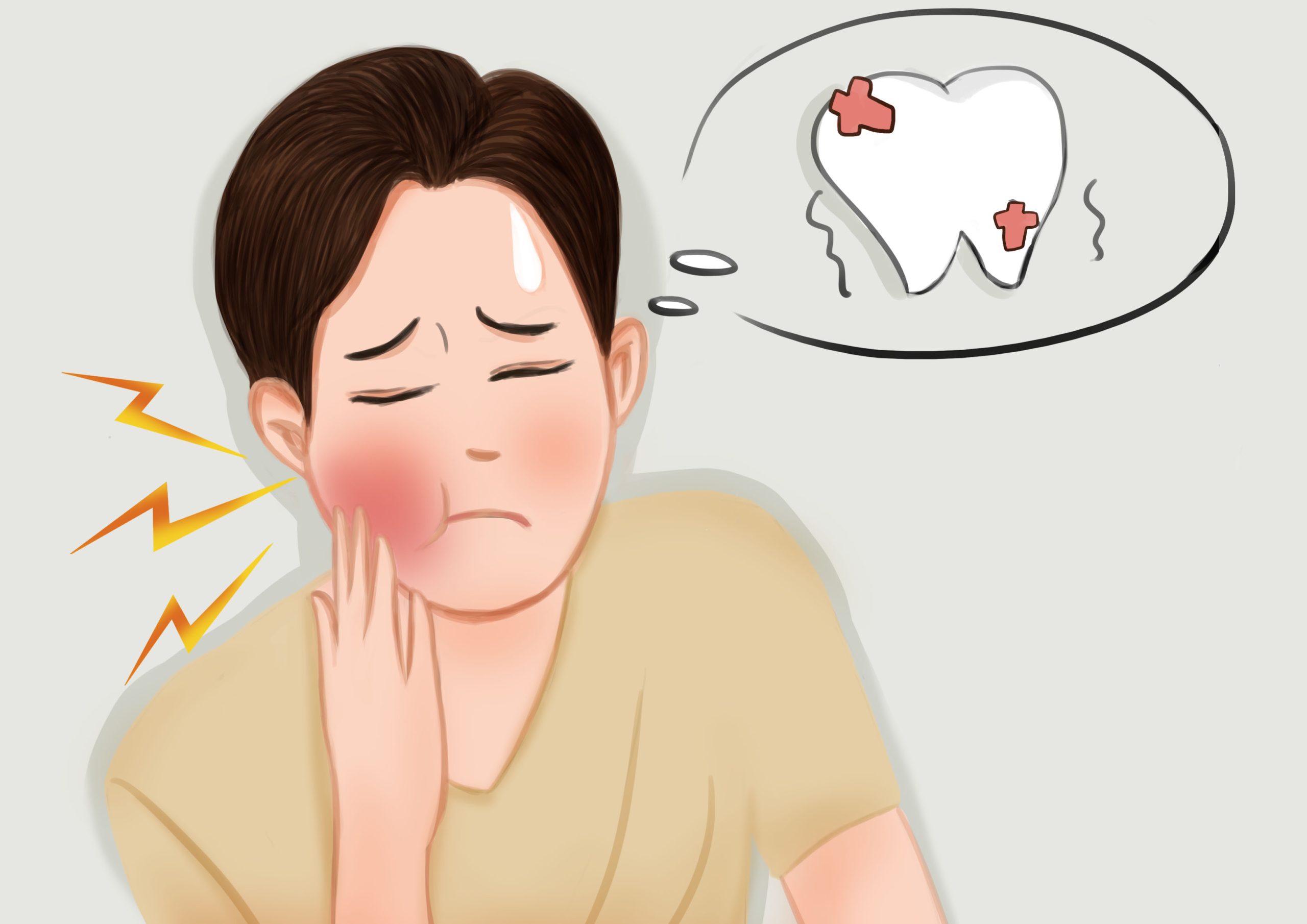
Understanding and Treating Gum Bleeding When Brushing
Why Does Whitening Efficacy Decline Trigger Pulse Intensity Spikes?
Why Do App Connectivity Loss and Battery Swelling Coexist?
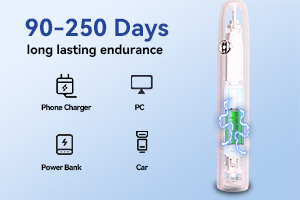
Wireless vs. Contact Charging: Which Is Better for Electric Toothbrushes?

Wavelength of Whitening Teeth Device Blue Light (460–490nm) and Red Light (620–660nm)Configuration Guide
How Crown Compatibility Aligns with Pressure Sensors Tech?
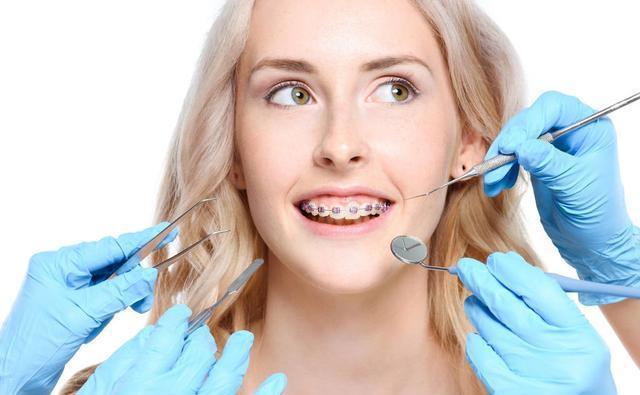
Best Dentist-Recommended Braces Cleaning Products for Braces Wearers

Electric toothbrush heads Charcoal Infused-Diamond

electric toothbrush heads Regular Clean

Private Label Whitening Gel

electric toothbrush heads Deep Clean
.jpg)
Florida Electric Toothbrush – Powsmart PTR-C8

Customization Teeth Whitening Gel

electric toothbrush heads Ultra Soft

electric toothbrush heads Charcoal Infuse-Round
whstapp
whstapp
National Toll-Free Service Hotline
+86 755 86238638